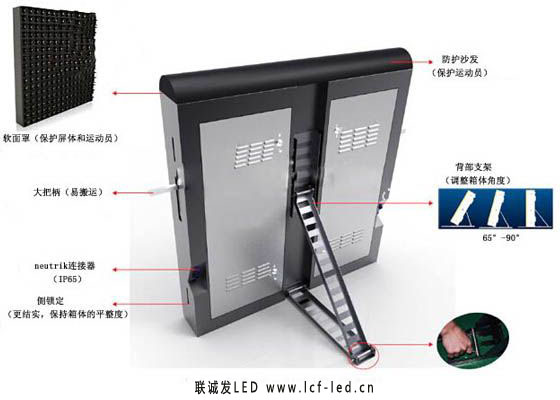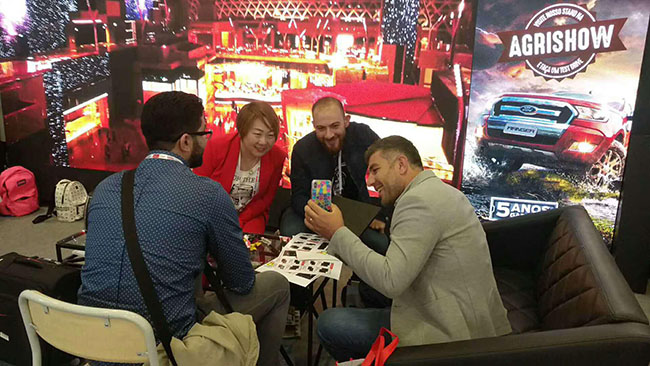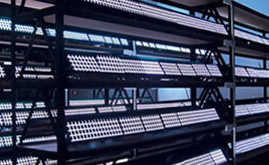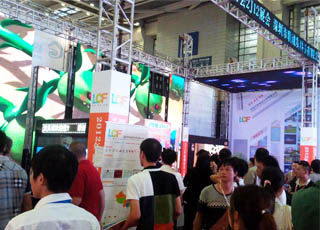Publisher: Supplier of LED Display Time: 2017-10-18 11:57 Views: 4188
With the continuous development of economy and society, LED display screens have become very common electronic products in our daily lives. Nowadays, all kinds of LED displays can be seen everywhere in the streets and alleys. They are either in front of stores, in shopping malls, or between buildings. No matter where they are, LED displays are all dressed up in the city where we are, and they are beautiful scenery.
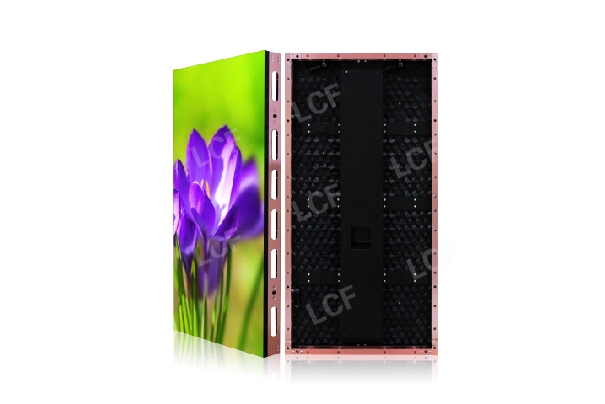
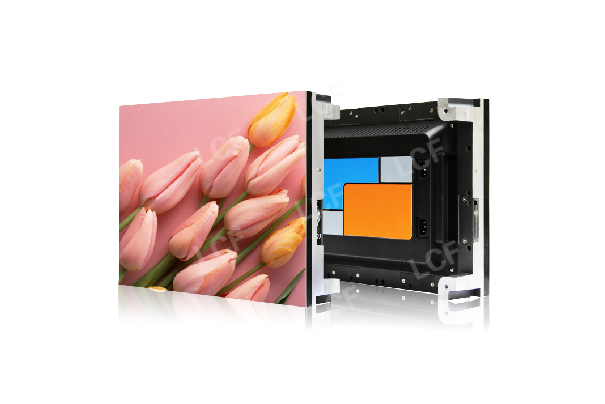
1. The impact of LED light source device performance: LED lamp bead device is the most critical part of the LED display screen and the most relevant part of its life. For LED lamp beads, the main indicators are the following indicators: attenuation characteristics, water vapor penetration characteristics, and UV resistance. If the LED display manufacturer fails to evaluate the performance of the LED lamp beads, it will be applied to the display, which will cause a large number of quality accidents and will seriously affect the service life of the LED display.
2. The impact of supporting parts: In addition to the LED lamp bead light source, the LED display also uses many other supporting parts, such as circuit boards, plastic casings, switching power supplies, connectors, casings, etc., any part Quality problems may cause the life of the LED display to be reduced. Therefore, the life of the LED display is determined by the life of the key component with the shortest life. For example, LEDs, switching power supplies, and metal housings are selected according to the 8-year standard, and the protective process performance of the circuit board can only support its work for 3 years. After 3 years, it will be damaged due to corrosion, then we can only get a 3 year Life-span LED display.
3. The influence of production process on products: How does the production process of LED display products determine the anti-fatigue performance. It is difficult to guarantee the fatigue resistance of modules made by inferior three-proof processing technology. When the temperature and humidity changes, cracks will appear on the protective surface of the circuit board, resulting in a decrease in the protective performance. Therefore, the production process of the LED display is also a key factor that determines the life of the display. The production process involved in the display screen production includes: component storage and pretreatment process, furnace welding process, three-proof treatment process, waterproof sealing process, etc. The effectiveness of the process is related to the selection of materials, the ratio of parameters, the control of parameters, and the quality of the operators. For most LED display manufacturers, the accumulation of experience is very important. A factory with many years of experience will have more control over the production process. Scientific and effective.
1. The impact of the working environment of the LED display screen: Due to different uses, the working conditions of the advertising screen are very different. In terms of the environment, the indoor temperature difference is small, and there is no influence of rain, snow and ultraviolet rays; the outdoor temperature difference can reach up to 70 degrees, plus wind, sun and rain. The harsh environment will aggravate the aging of the display, and the working environment is also an important factor affecting the life of the LED display.
Summary: In a certain sense, the life of the LED determines the life of the entire LED display. The life of the LED is usually the time when the luminous intensity decays to 50% of the initial value. As a semiconductor material, LEDs are often said to have a life span of 100,000 hours, but that is an evaluation under ideal conditions and cannot be achieved in actual use.
